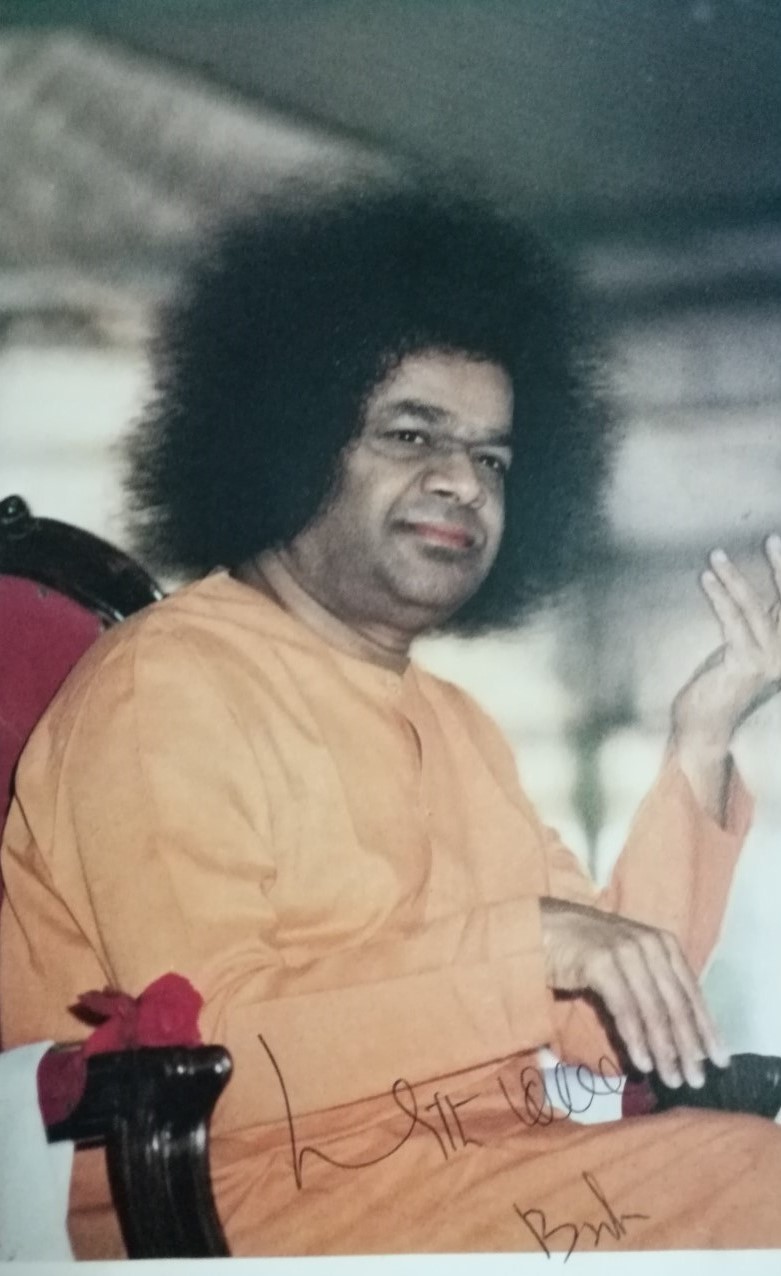Mithila:
The inner significance of the Sita-Rama story will be clear when we consider the role of the three cities in the Ramayana. First comes Mithila. Emperor Janaka was its ruler. He was a Brahmajnani (one who possesses knowledge of identity of individual self with the cosmic being) who had renounced everything. Like water on a lotus-leaf, he was completely detached, with no concern for worldly things. Having no children of his own, he brought up with great love a foundling (Sita). There were two powerful entities in his kingdom: Shiva’s bow and Sita. Once, while engaging in play, Sita lifted the giant bow of Shiva with astonishing ease. Struck by this feat, Janaka decided that Sita should be given in marriage only to one who could handle Shiva’s bow and be worthy of Sita’s hand. With this resolve, he invited princes for Sita’s Sita’s Swayamvara (selection of a husband by the bride herself). Rama arrived and lifted Shiva’s bow as lightly as Sita had done. Janaka realised that Rama and Sita were well matched in every respect-beauty, character and strength. Sita was no ordinary woman. She was the embodiment of Mahamaya (supreme divine illusion). Rama acquired Mahamaya as his mate. Sita, for her part, sought oneness with the Atma principle represented by Rama. The marriage of Rama and Sita represents the association of the Atma and the Maya. It is in this combined form of Atma and Maya that Rama entered Ayodhya.
Ayodhya:
‘Ayodhya‘ means ‘invincible’. Its ruler was Dasharatha. Dasharatha means one who has made his ten indriyas (sense organs) - the five organs of action and the five organs of perception-his chariot. Allegorically, this means that Dasharatha represents the body, with its ten organs. These sense organs are related to the three gunas (qualities) - Sattva, Rajas, and Tamas. Dasharatha’s three wives - Kausalya, Sumitra and Kaikeyi - symbolise these three gunas. When one is influenced by gunas, he develops desires. The four sons of Dasharatha were the embodiments of his desires. Rama, Lakshmana, Bharata and Shatrughna symbolise the four Vedas - Rig, Yajur, Sama and Atharvana. The Rig Veda figures in the Yajur and Sama Vedas to varying extent. It is the embodiment of Dharma. Yajur Veda embodies mantras (sacred formulae). Lakshmana was continually engaged in contemplating about Rama and immersing himself in the Rama Mantra. Bharat was one who could not bear separation from Rama and who was ever dwelling on Rama’s name and form. He was the embodiment of Sama Veda. Shatrughna was one who had mastered all the sciences and used his powers for protecting his brothers. He was skilled in the use of all kinds of weapons. Thus the four Vedas, taking the form of the four brothers, were sporting in Dasharatha’s palace.
Soon after his entry into Ayodhya in the company of Sita as Maya, Rama had to enter the jungle of life. These ordeals are the concomitants of those who are associated with Maya. As a result, he had to embark on a search for Sita. On the way, he met Sugriva. Sugriva and Vali - the bothers - represent the qualities of Viveka (discrimination) and Dheeratva (valour). Rama made common cause with Sugriva to overcome Vali. He got the friendship of Anjaneya who symbolises Dhairyam (dauntless courage). With the help of Sugriva and Hanuman, Rama crossed the ocean of moha (delusion) to enter Lanka. Once again he encountered the three gunas-Sattva, Rajas and Tamas (qualities of serenity, passion and passivity)-in Lanka in the form of Vibhishana, Ravana and Kumbhakarna. He vanquished Ravana and Kumbhakarna (Rajo and Tamo gunas) and crowned Vibhishana (Sattva guna) as King. He recovered Sita who now assumed the form of Anubhavajnana (wisdom born of experience) and re-entered Ayodhya with her.
Lanka:
Here, the unique features of Lanka may be noted. Its ruler was the ten-headed Ravana. Although he was endowed with all powers, he was perpetually immersed in Moha (infatuation for women). He had the appellation ‘Dasagriva’ - the one with ten heads. In Ayodhya, Dasharatha was the ruler and in Lanka it was Dasagriva. Dasharatha had ten indriyas (sense organs) as his chariot. Ravana was the one who was enjoying the ten senses as a sensualist. Whatever one’s scholarship or wealth or strength, if he has no control over his senses, he descends to the depths of degradation. Without control over his senses, a person who may have conquered the three worlds will be a slave of his impulses. The bad traits of Ravana were shared by all the people of Lanka. As is the ruler, so are the subjects, says the adage. When the ruler indulges in sensual pleasures, the subjects also do likewise. Lanka was thus immersed in carnal pleasures. The people were not aware of human virtues, much less of divine qualities. Pleasures of the flesh their sole preoccupation. But at the same time, they carried on ritualistic practices like yagas and Yajnas (sacrificial rites and rituals). (SSS Vol.20 p.48/53)
